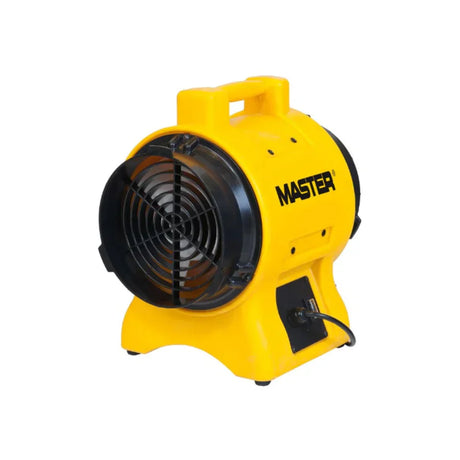
How to Clean an Extractor Fan? | In-depth Guide for You
If you’re facing unusual smoke or condensation in your home, there’s a chance that your extractor fan is out of order. Or it can be too clogged, causing poor air...
Brandix Soft |
Creating a comfortable, healthy indoor environment often starts with a balanced approach to home ventilation. In the colder months, we close windows and seal doors to keep the warmth in, but this can lead to a stuffy indoor atmosphere that lacks fresh air. Inadequate ventilation combined with low humidity can make the air feel dry, affecting everything from our health to our furniture. This is where an air humidifier becomes invaluable, adding moisture to the air while supporting an effective home ventilation system. Let’s explore why ventilation matters and how a humidifier can help you maintain a fresh, balanced, and comfortable home environment.
A humidifier doesn’t directly ventilate your home, but it plays an important role in maintaining air quality and comfort by adding moisture to the air. Let’s look at how a humidifier contributes to a balanced indoor environment:
- Product is backordered and will ship as soon as it is back in stock.
For the best results, using a humidifier along with proper ventilation ensures a balanced indoor environment. Here’s how to make the most of both:
Combining good ventilation with an air humidifier can make a big difference in how your home feels and functions. By keeping indoor air fresh and well-balanced in humidity, you create a healthier, more comfortable space for your family. Whether it’s adding moisture to dry winter air or improving air quality, a humidifier is a valuable tool that works alongside ventilation to maintain a pleasant indoor environment all year round.